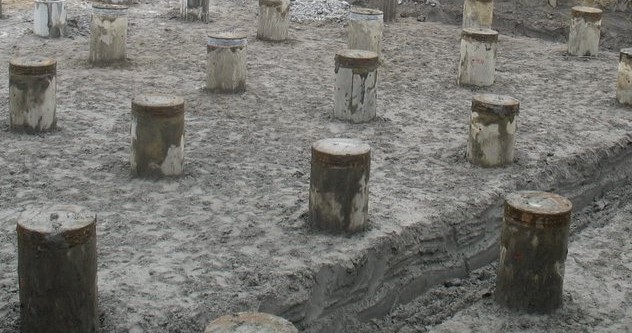Piles are structural members that are made of steel, concrete, and/or timber. They are used to build pile foundations, which are deep and which cost more than shallow foundations. Despite the cost, the use of piles often is necessary to ensure structural safety. The following list identifies some of the conditions that require pile foundations (Vesic, 1977).
1. When the upper soil layer(s) is (are) highly compressible and too weak to support the load transmitted by the superstructure, piles are used to transmit the load to underlying bedrocks or a stronger soil layer, as shown in figure 1. When bedrock is not encountered at a reasonable depth below the ground surface, piles are used to transmit the structural load to the soil gradually. The resistance to the applied structural load is derived mainly from the frictional resistance developed at the soil-pile interface (figure 2).
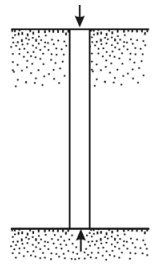
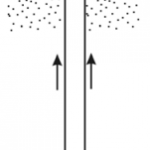
2. When subjected to horizontal forces (see figure 3), pile foundations resist by bending while still supporting the vertical load transmitted by the superstructure. This type of situation is generally encountered in the design and construction of earth-retaining structures and foundations of tall structures that are subject to high wind and/or earthquake forces.
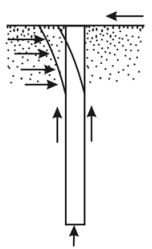
3. In many cases, expansive and collapsible soils may be present at the site of a proposed structure. These soils may extend to a great depth below the ground surface. Expansive soils swell and shrink as the moisture content increases and decreases, and the swelling pressure of such soils can be considerable. If shallow foundations are used in such circumstances, the structure may suffer considerable damage. However, pile foundations may be considered as an alternative when pies are extended beyond the active zone, which swells and shrinks (figure 4).
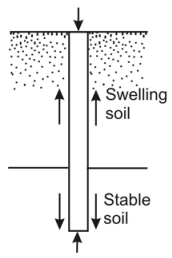
Soils such as loess are collapsible in nature. When the moisture content of these soils increases, their structures may break down. A sudden decrease in the void ratio of soil induces large settlements of structures supported by shallow foundations. In such cases, piles foundations may be used in which piles are extended into stable soil layers beyond the zone of possible moisture change.
4. Foundations of some structures, such as transmission towers, offshore platforms, and basement mats below the water table, are subjected to uplifting forces. Piles are sometimes used for these foundations to resist the uplifting force (figure 5).
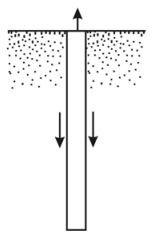
5. Bridge abutments and piers are usually constructed over pile foundations to avoid the possible loss of bearing capacity that a shallow foundation might suffer because of soil erosion at the ground surface (figure 6).
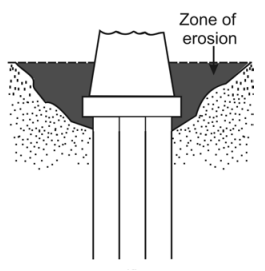
References:
Vesic (1977). Design of Pile Foundations.
